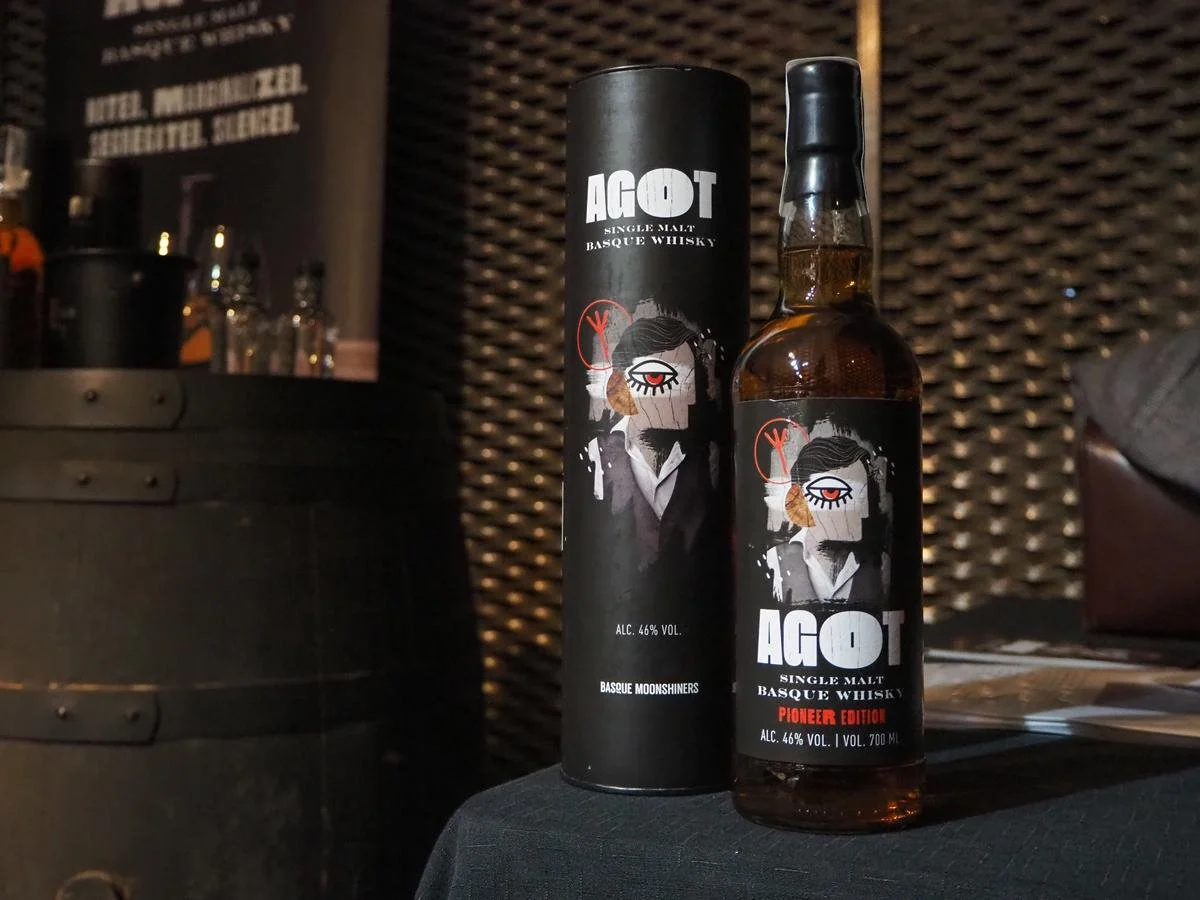Spanish Whisky
Unexpectedly, there’s something called ‘Spanish Whisky’
And it’s starting to drawing attention
There’s a constant debate about what makes a whisky, whisky. Mostly coming from the marketing folks in the industry trying to sell their new bottles. Is it the barrel or the barley? The climate, the terroir? In some countries, we’ve prided ourselves on being the whisky place. Where it was born and where it’s produced to the highest standards. But in the middle of our own discussions, people in other countries started to think they could make whisky too. And so they did.
Some started by learning with notepad and pen, some started by doing. Some even brought Scottish new-make spirit as a starting point. Some countries new to producing whisky have no specific rules (yet) so why not give it a try and do whatever they want to? It worked pretty well for Japan.
And so, the number of whisky producing countries has grown. Some have few distilleries with good production (Taiwan, Israel, Sweden), others have a lot of small craft distilleries along their territory (Germany, France). And the last to join them all is our favourite sunny-summer destination: Spain.
Does it make sense for them to be stricken by the whisky bug? It actually does. Barrels used in the maturation of Scotch whisky often utilise wood from the north of Spain and have been seasoned with sherry in the south. Spain is also one of the top whisky-drinking countries in the world. So the question really should be: “Why didn’t they start earlier?”
Yes, you can pronounce it that way
Well, they did - we just weren’t paying attention. If you’ve looked into Spanish whisky you’ve probably met DYC (Destilerías y Crianza). Owned by Beam-Suntory, it is the Spanish whisky and just recently turned 60 years old. But bottles of Spanish whisky have been found dating as old as the 1890s. Yes, you read that right. It has, though, been quite silent on the whisky production landscape. That’s in part down to the country’s own regulations up until 1956, when the law allowed Spanish distillers to produce whisky. Nowadays, there are around 20 Spanish whisky brands and up to 12 distilleries producing whisky.
As it happens with any new country producing whisky, there aren’t many rules for Spanish whisky production – and there isn’t even a Spanish Whisky Association. The standard rules come from the European Union regulations, which weirdly enough used to call Spanish whisky a geographical indication. Something happened when the EU updated their regulations in 2019, and Spanish whisky disappeared from the geographical indication list. The key, then, is that it must have the standard whisky basics: malted cereal distillation, three years in a barrel, bottled at least at 40% with nothing added except for water and caramel colour - but not a specific origin. So yes, it can be Scottish whisky bottled in Spain, or a blend of both Spanish and Scottish malts and grains.
We could say that Spanish whisky comes in three different styles. First, imported Scotch bottled in Spain. This’s something very common among cheap brands such as Doble V and also in Latin America. These whiskies tend to be fresh and easy to drink. The kind of whisky you want for an august afternoon in the Iberian peninsula.
There are also those who are mixing it up, being a bit more playful - blending Scotch malt with Spanish grain, see how it works out. For some, this has worked for 50 years. Others like Nomad, the whisky kid from González Byass, just finish Scotch whisky in Spain - and they’re doing it with style and quality (can’t ask more for around £30 a bottle).
And then there are the pioneers, the brave or crazy ones - the small craft distillers that suddenly decide to open a distillery and do whisky. They learn from one another. They talk with distillers in Ireland and Scotland. They start from scratch or buy from other Spanish distillers to start just with finishing. The malted barley comes from Castilla, and the barrels from Jerez, but also wood used for Rioja wines. These are the producers leading Spanish whisky and screaming to the world: “Hey, we make whisky! Come and see what you think about it.” As a result, whiskies like AGOT or Sack Man are now getting well-deserved praise among Spanish whisky drinkers and others around the world.
El hombre del saco is a scary children’s legend
We could start the debate about which one of these whiskies is more Spanish, because it’s the ingredients that make the whisky, right? But what makes Spanish whisky stand out from whisky from other countries? Not the barley or some of the weird stills they use in southern Spain. And it’s not the barrels. Rioja might be less common, but sherry barrels? They’re everywhere. What makes Spanish whisky, Spanish, is the same thing that makes a Scotch or a Japanese whisky: the spirit. The way people decide how to make it, the way people drink it, the style they’re providing. Scotch whisky can sometimes be rough but with character, Irish is fun and playful, Japanese extremely soft and balanced. And Spanish whisky? Just like Spaniards: surprisingly unexpected, honest with their intentions and complex. Who doesn’t want a taste of whisky like this at least once?
Buy me a dram or support Dramface
Dramface is fiercely independent, community-focused and community funded, if you like what we do you can support us by becoming a Dramface member.
However, if you’ve found a particular article valuable, you also have the option to make a direct donation to the writer, here: buy me a dram - Every little helps! Thank you.
For more on Dramface and our funding read our about page here.
You’re beautiful, you know that?



